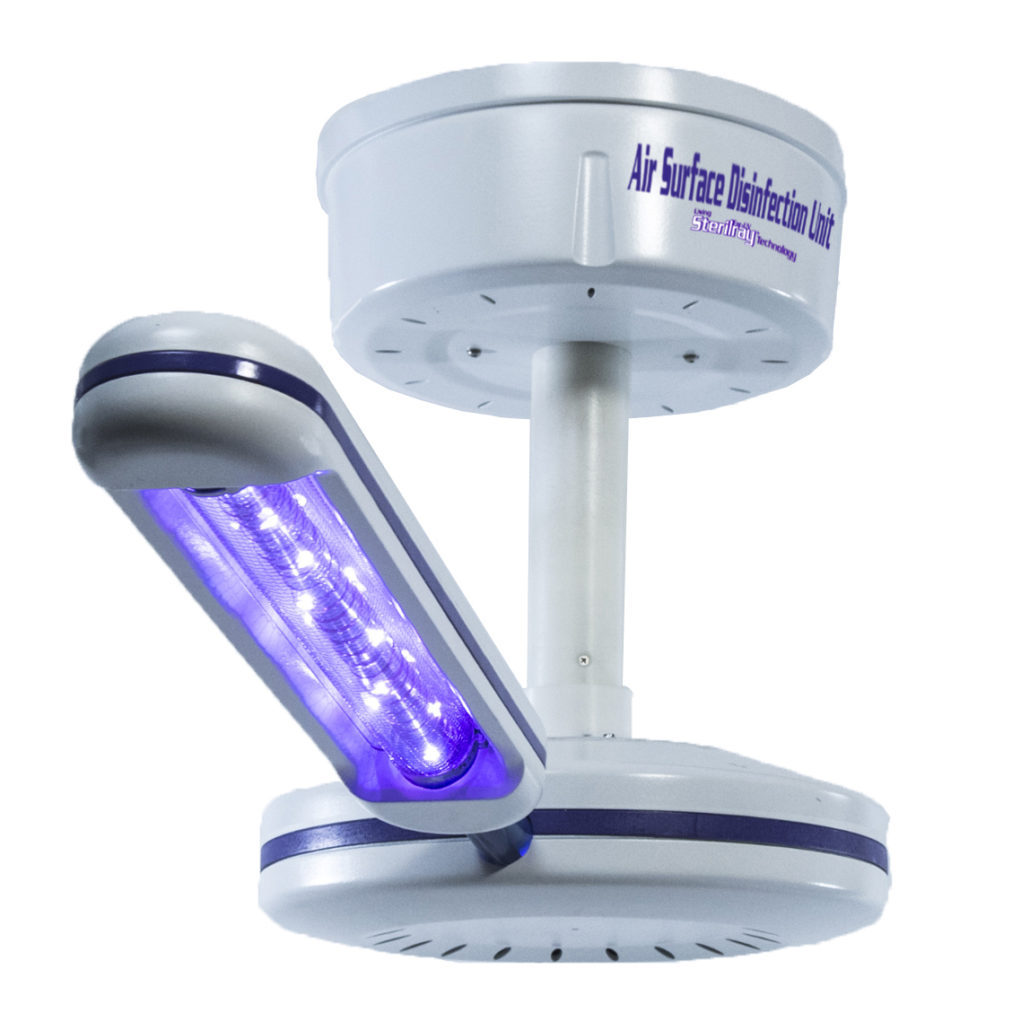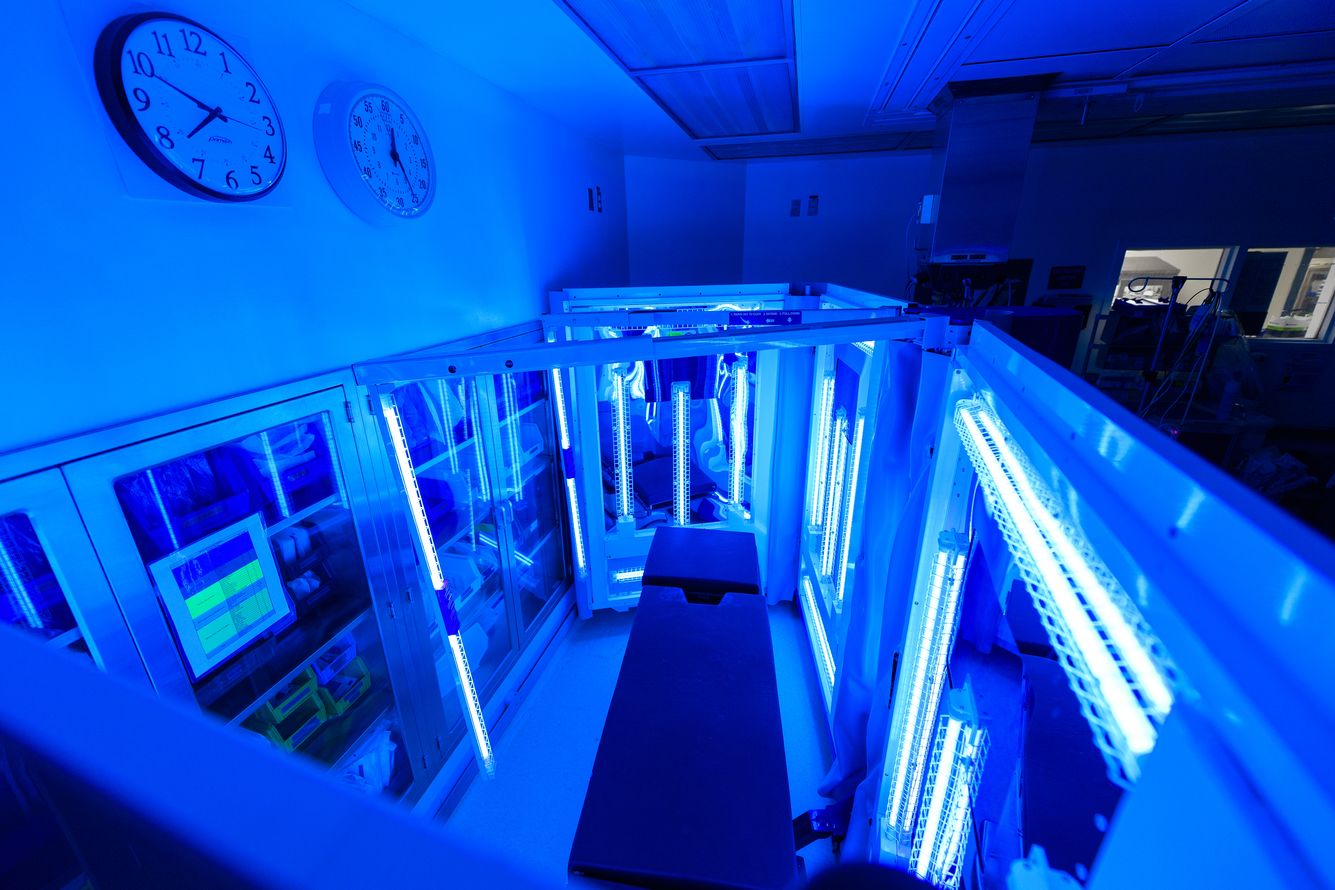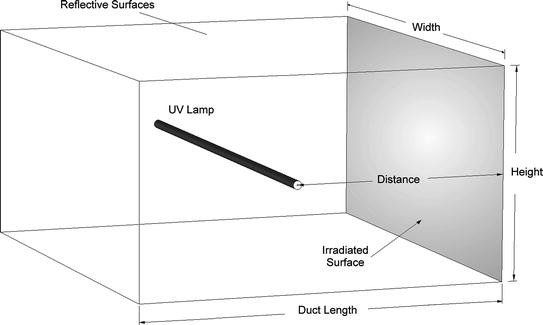UV Sanitation: The Cutting-Edge Technology Changing Sanitation Practices
In the realm of cleanliness techniques, one innovation has become a game-changer: UV sanitation. With its ability to eradicate dangerous pathogens, this sophisticated technology is reinventing the method we come close to tidiness and hygiene. Yet how does UV sanitation work, and what are the advantages it offers? From medical care settings to food processing, UV disinfection is making its mark in various industries. In this conversation, we will certainly discover the ins and outs of this transformative technology and look ahead to its encouraging future.
Just How UV Sanitation Functions
UV sanitation functions by making use of ultraviolet light to destroy or inactivate microorganisms, giving a chemical-free and highly reliable technique of cleanliness. This innovation takes advantage of the power of short-wavelength UV-C light, which can damaging the DNA and RNA of microbes, therefore providing them incapable to recreate and trigger harm.
The procedure starts with the installment of UV sanitation systems, which are composed of UV lamps that emit UV-C light. These lights are strategically placed in areas where microbial contamination is a concern, such as water treatment plants, health centers, labs, and food handling centers.
When bacteria are revealed to UV-C light, the photons permeate their cell walls and reach the DNA and RNA inside. The high-energy UV-C photons disrupt the hereditary material by developing bonds in between adjacent nucleotides, resulting in the development of thymine dimers. These dimers protect against the microorganisms from reproducing, making them harmless.
UV sanitation is very efficient against a variety of microbes, including microorganisms, infections, and parasites. It is specifically efficient versus waterborne microorganisms like E. coli, Giardia, and Cryptosporidium. UV disinfection is a chemical-free technique, getting rid of the demand for potentially unsafe anti-bacterials and reducing the threat of unsafe sanitation by-products.
Benefits of UV Sanitation
UV disinfection offers various benefits in the field of sanitation, making it a highly favored approach for effectively removing dangerous bacteria. Unlike typical disinfection approaches that rely on chemicals, UV disinfection utilizes ultraviolet light to destroy the DNA of microorganisms, rendering them incapable to replicate and trigger infections.

UV sanitation is additionally very flexible in its applications. It can be used in different settings, including hospitals, schools, food processing centers, and water treatment plants. UV disinfection systems can be easily integrated into existing cleanliness methods, giving an extra layer of protection versus transmittable diseases.
In addition to its performance and versatility, UV disinfection is also ecologically friendly. It does not generate any damaging by-products or deposits, making it a safe and lasting method for sanitation - uv surface disinfection. In addition, UV disinfection needs minimal maintenance and has a lengthy life-span, leading to cost financial savings in the future.
UV Disinfection in Healthcare Setups
In healthcare settings, UV sanitation has arised as a cutting-edge technique for properly getting rid of harmful bacteria. UV disinfection works by emitting ultraviolet light at a specific wavelength that is lethal to bacteria, viruses, and various other bacteria.
First of all, UV sanitation is a non-chemical technique, making it an eco friendly choice compared to typical disinfection methods that typically entail the usage of rough chemicals. Making use of UV light eliminates the need for chemical disinfectants, reducing the risk of hazardous residue or chemical exposure to both clients and healthcare workers.
Furthermore, UV disinfection is extremely efficient in killing a large range of microbes, including drug-resistant bacteria such as MRSA and C. difficile. It provides a regular and trustworthy sanitation procedure, making sure that all surface areas and devices are completely sanitized, even in hard-to-reach areas.

UV Disinfection in Food Handling
The application of UV disinfection expands Recommended Site past medical care settings and locates substantial value in the world of food processing. uv surface disinfection. UV disinfection modern technology is coming to be progressively prominent in the food industry as a result of its capability to efficiently eliminate damaging pathogens and enhance food safety
One of the primary advantages of UV disinfection in food processing is its ability to target a vast array of microbes, including microorganisms, viruses, and molds. By using UV light at particular wavelengths, it is possible to disrupt the DNA and RNA of these virus, making them incapable to trigger or recreate harm. This technology can be used to different stages of the food processing chain, consisting of surface area disinfection, equipment sanitation, and water treatment.
UV disinfection provides a non-thermal and chemical-free approach of disinfecting food. Unlike conventional disinfection methods that rely upon chemicals or heat, UV technology does not leave any why not check here type of deposit or alter the preference, appearance, or dietary worth of the food. This makes it an ideal solution for markets that require strict adherence to top quality requirements.
Furthermore, UV sanitation systems are easy to install and run, calling for very little upkeep. They can be integrated right into existing processing lines without creating considerable interruptions to the manufacturing process. In addition, UV systems have a quick therapy time, enabling continuous handling and decreasing downtime.
The Future of UV Disinfection

One area where UV sanitation is anticipated to make significant improvements is in the area of healthcare. With the rise of antibiotic-resistant germs and the demand for more efficient sanitation approaches, UV light has the possible to play a critical role in lowering healthcare-associated infections. UV sanitation systems can be used to sanitize surface areas, tools, and even the air in health care facilities, helping to stop the spread of harmful microorganisms and enhance patient safety and security.
One more sector that could profit from developments in UV disinfection technology is the food industry. UV light has already shown to be an efficient approach for sanitizing food and reducing the threat of foodborne health problems. As innovation boosts, we can anticipate to see a lot more efficient and economical UV sanitation systems being implemented in food handling plants, making certain that the food we take in is safe and devoid of harmful germs.
Conclusion
Finally, UV sanitation is an innovative innovation that is changing cleanliness practices in medical care settings and food handling. By utilizing UV light to eliminate or shut off microorganisms, it uses many benefits such as safety, performance, and effectiveness. With ongoing developments in this area, UV disinfection holds fantastic possible for the future of sanitation, giving a sustainable and reliable option for keeping clean and sanitary environments.
UV sanitation is a chemical-free approach, getting rid of the need for possibly dangerous disinfectants and lowering the danger of damaging disinfection byproducts.
Unlike standard sanitation techniques that count on chemicals, UV disinfection makes use of ultraviolet light to ruin the DNA of microbes, providing them unable to recreate and trigger infections. Unlike standard sanitation methods that depend on chemicals or warm, UV innovation does not leave any residue or change the taste, structure, or straight from the source nutritional value of the food. As innovation enhances, we can expect to see much more effective and cost-effective UV disinfection systems being implemented in food processing plants, guaranteeing that the food we consume is risk-free and totally free from unsafe bacteria.
In final thought, UV disinfection is an advanced innovation that is transforming sanitation practices in healthcare settings and food processing.